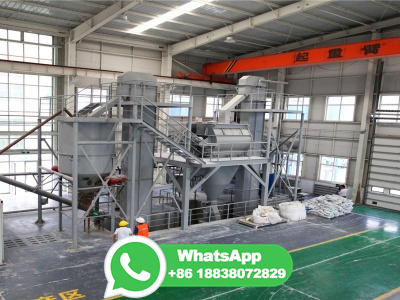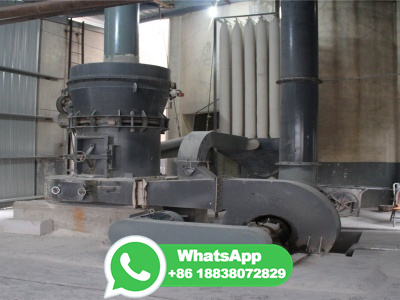Severely Limits Pollution From CoalBurning Power Plants
WEBApr 25, 2024 · In 2023, coalfired power plants generated percent of the nation's electricity, according to the Energy Information Agency, down from a peak of 52 percent in 1990. There are about 200 ...






























